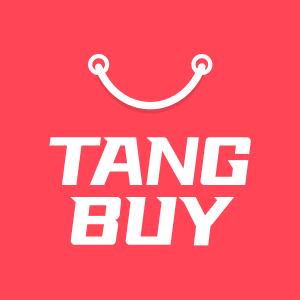eCommerce Breakdown BigCommerce vs Shopify Which Platform Wins in 2025
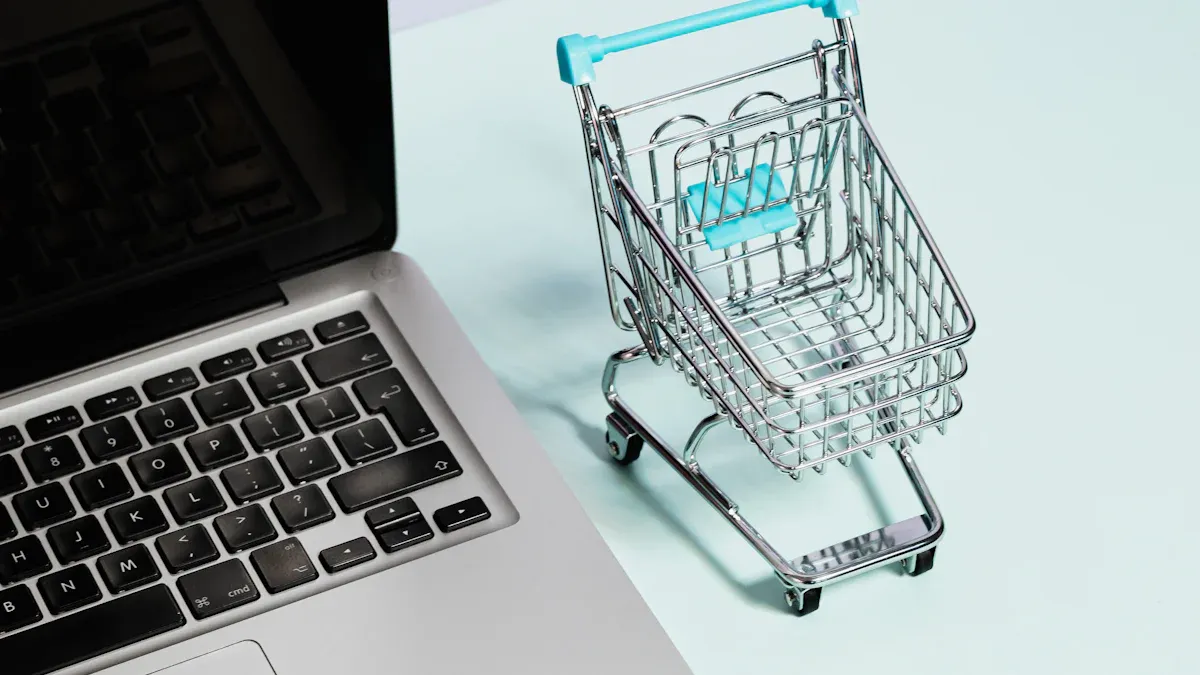
Shopify is the best choice for most people in 2025. The numbers show this is true. Shopify helps millions of businesses in over 175 countries. It also has higher checkout conversion rates. The global eCommerce Breakdown shows online sales keep growing. Mobile shopping and fast websites help stores do well. Shopify is easy to set up. It has a strong community. This makes it popular with new and growing businesses. BigCommerce is better for bigger or more skilled stores. These stores need advanced features and no transaction fees.
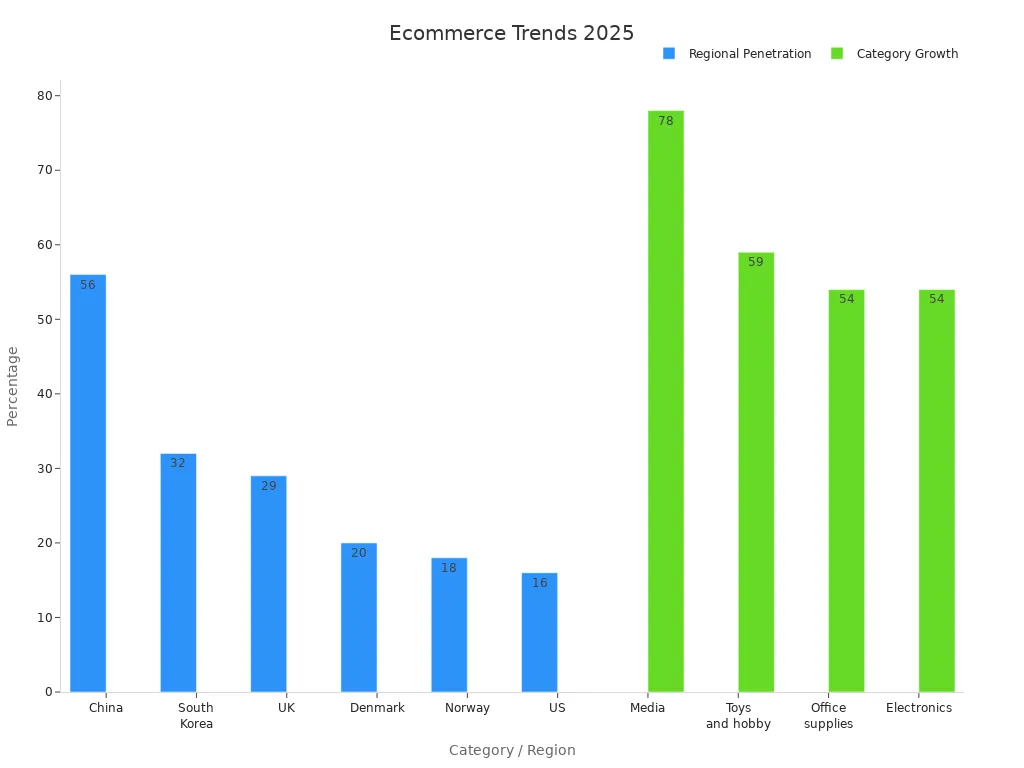
Aspect | Shopify | BigCommerce |
|---|---|---|
Millions of companies in 175+ countries | Tens of thousands of clients | |
Checkout Conversion | Converts 12% better on average | Baseline |
Pricing Plans | $29 (Basic) to $2,300 (Plus, 3-year) | $29 (Standard) to variable (Enterprise) |
Transaction Fees | 0.5%-2% extra unless using Shopify Payments | No transaction fees; credit card fees start at 2.59% + $0.49 per transaction |
Built-in Features | Fewer; relies more on third-party apps | More built-in features, less app reliance |
Ease of Use | Easier for beginners | Steeper learning curve, appeals to experienced users |
Customer Support | 24/7 support; more active community forums | 24/7 support; less active forums |
Page Load Speed | 1.3 seconds | 2.2 seconds |
Key Takeaways
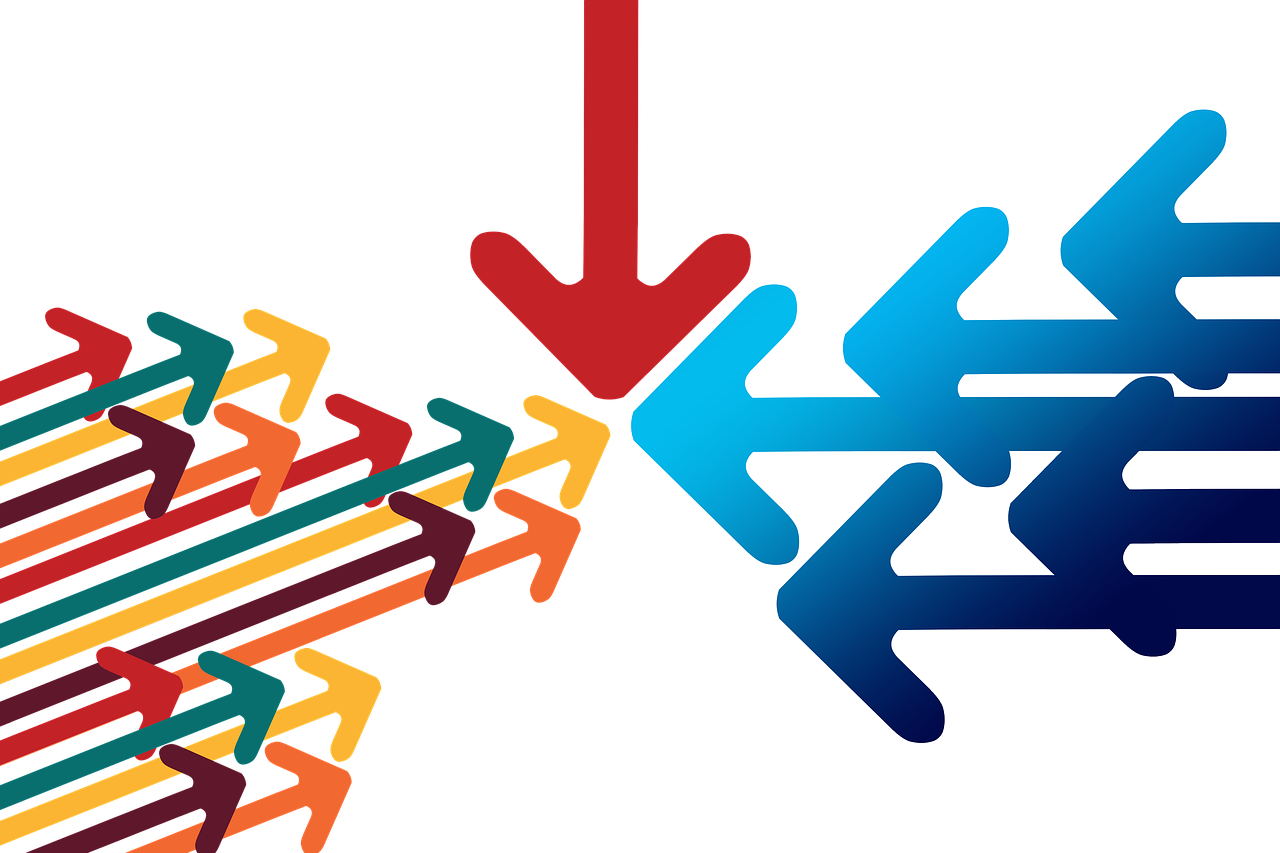
Shopify is great for people new to selling online. It is also good for small businesses. You can set up your store fast and easy. It helps you grow your store without trouble.
BigCommerce works better for bigger stores or people with more experience. It has more advanced features. You do not have to pay extra transaction fees.
Shopify has a big app store. You can add more features as your store gets bigger. BigCommerce gives you more tools already built in from the start.
Both platforms let you sell to people around the world. They offer many ways to pay. They help your store handle more customers as it grows.
Pick Shopify if you want things to be quick and simple. Choose BigCommerce if you want more control and built-in features for bigger or more complex stores.
eCommerce Breakdown Overview
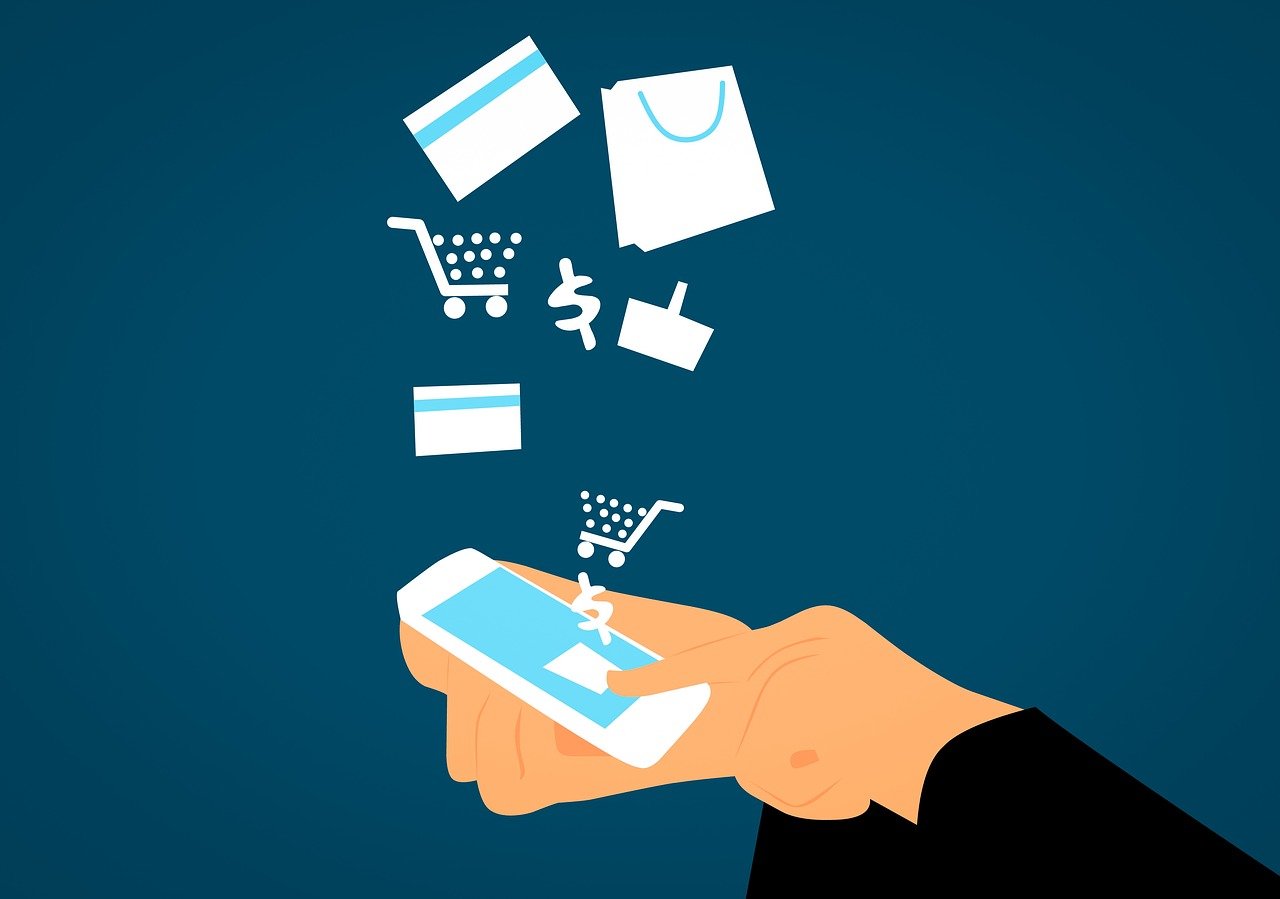
Quick Comparison
In 2025, both Shopify and BigCommerce help online stores. They are both strong choices. You need to pick the one that fits you best. Here is a table to compare them:
Aspect | Shopify | BigCommerce |
|---|---|---|
Pricing (Standard) | $39/month or $348/year | $29/month or $299/year |
Pricing (Plus) | $105/month or $1,014/year | $79/month or $708/year |
Free Trial | 3 days | 15 days |
Ease of Use | Very easy for beginners | More advanced, better for experienced users |
Features | Relies on apps for many features | More built-in features |
Market Share | Millions of users in 175+ countries | Tens of thousands of users |
Site Speed | ~1.3 seconds (faster) | ~2.6 seconds |
Support | 24/7 live chat and phone | Business hours, varies by plan |
User Rating (avg) | 1.13 (from 40 reviews) | 3.56 (from 39 reviews) |
Shopify has more users and loads pages faster. BigCommerce gives you more features right away and has higher user ratings. Both are good for small and medium businesses. Each one has things it does best.
Tip: Shopify is great if you want to start fast. It is easy to set up. BigCommerce is better if you want more tools built in. It gives you more choices.
Key Differences
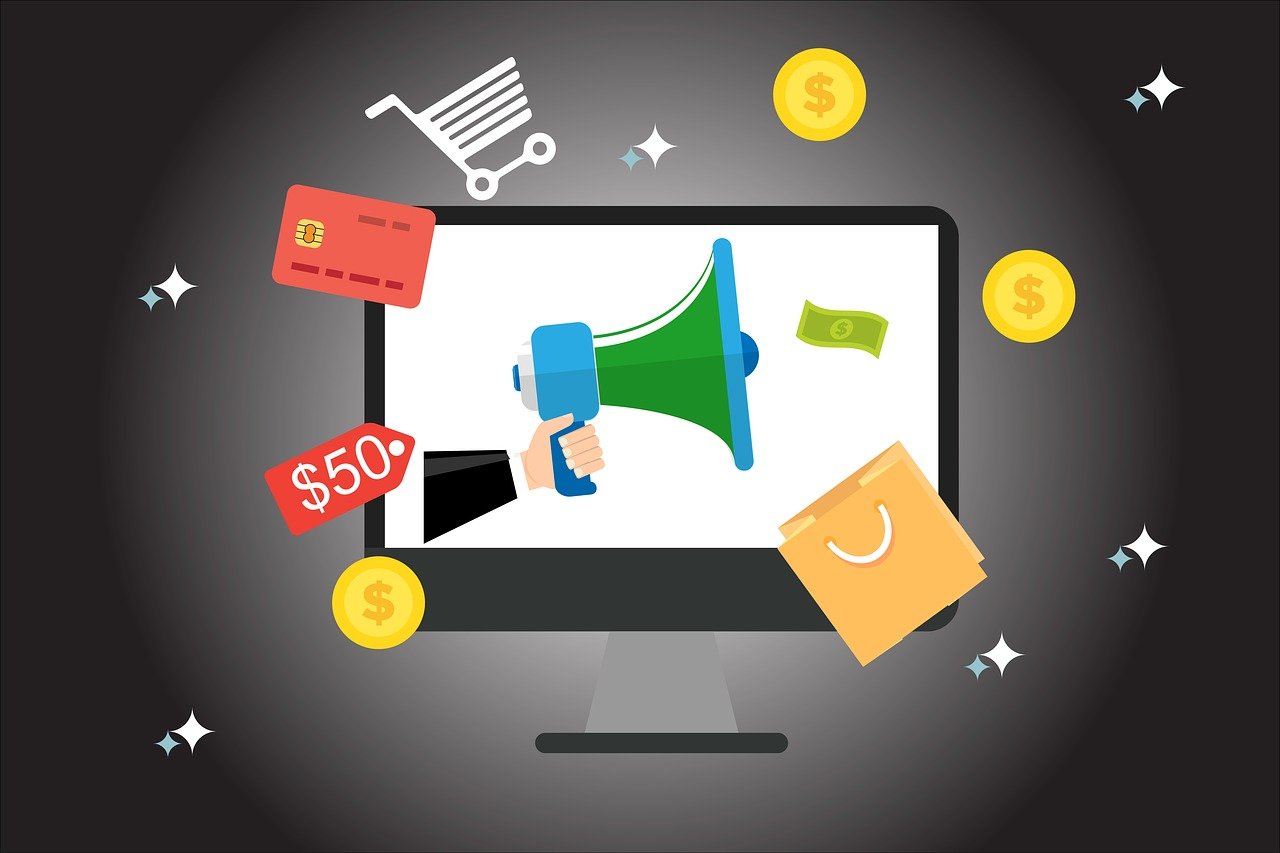
Shopify and BigCommerce are made for different business needs. Shopify is best for people new to online selling. You can open your store quickly. You do not need to know a lot about tech. Shopify has many apps you can add as you grow. You also get help any time and a big group of users.
BigCommerce is good for stores that need more features. If you want things like special product options or custom APIs, BigCommerce is a good pick. You do not pay extra transaction fees. This helps if you sell a lot. BigCommerce also lets you try it free for longer.
The eCommerce market is growing fast in places like Asia Pacific, Latin America, and Africa. This makes companies improve prices and features. Shopify and BigCommerce both offer plans that can grow with you. They also work to keep your store safe. Faster websites help you get more sales. Shopify loads in 1.3 seconds, which is faster than BigCommerce’s 2.6 seconds.
There are four types of eCommerce platforms:
Leaders: They have strong features and can grow with you. Shopify and BigCommerce are both leaders.
Challengers: They work well but do not have as many new ideas.
Visionaries: They have new ideas but are not proven yet.
Niche Players: They focus on special groups of people.
Think about what your business needs before you choose. Shopify is best if you want to start quickly and use apps to grow. BigCommerce is better if you want more features from the start and do not want extra fees.
Pricing

Plans
When you look at pricing, you want to know exactly what you will pay each month. Shopify and BigCommerce both offer clear plans for new and growing stores. Here is a side-by-side comparison:
Platform | Monthly Cost (Standard Plan) | Transaction Fees | Key Benefits |
|---|---|---|---|
Shopify | 0% if using Shopify Payments; up to 2% with other gateways | Easy to use, large app store, all-in-one solution | |
BigCommerce | $39/month (Standard) | 0% transaction fees, no special gateway needed | More built-in features, no extra payment fees |
You can try Shopify for 3 days or BigCommerce for 15 days before you decide. Both platforms let you test features and see which one fits your needs.
Tip: If you want to save money, pay for Shopify yearly to get a lower monthly rate.
Fees
You need to think about more than just the monthly price. Transaction fees can add up, especially as your sales grow. Shopify charges 0% fees if you use Shopify Payments. If you use another payment gateway, you pay up to 2% extra per sale. BigCommerce does not charge any transaction fees, no matter which payment provider you choose.
Shopify keeps things simple with one price for most features. You do not have to worry about hidden fees. This helps you track your costs easily. BigCommerce gives you many built-in tools, but some advanced features or apps may cost extra. You should check which features you need before you choose.
Both Shopify and BigCommerce offer value for money. Shopify gives you a user-friendly platform and a big app ecosystem. BigCommerce gives you more features out of the box and no extra transaction fees. You can use free trials to see which platform matches your budget and business goals.
Ease of Use

Setup
When you start an online store, you want the setup to be fast and simple. Shopify makes this easy for you. You can sign up, pick a theme, and add your products in just a few steps. The platform guides you with clear instructions. You do not need to know how to code. Many users launch their first store in less than an hour.
Tip: Shopify offers a step-by-step wizard. This tool helps you set up your store quickly, even if you have never built a website before.
BigCommerce also lets you set up a store online. The process gives you more options and settings from the start. You can add custom fields, set up different product types, and use advanced shipping rules. If you have experience with eCommerce, you may like these extra choices. For beginners, the setup can feel a bit overwhelming. You might need to spend more time learning how each feature works.
Key Setup Differences:
Shopify: Fast, guided, and simple for anyone.
BigCommerce: More detailed, better for users who want advanced options.
Interface
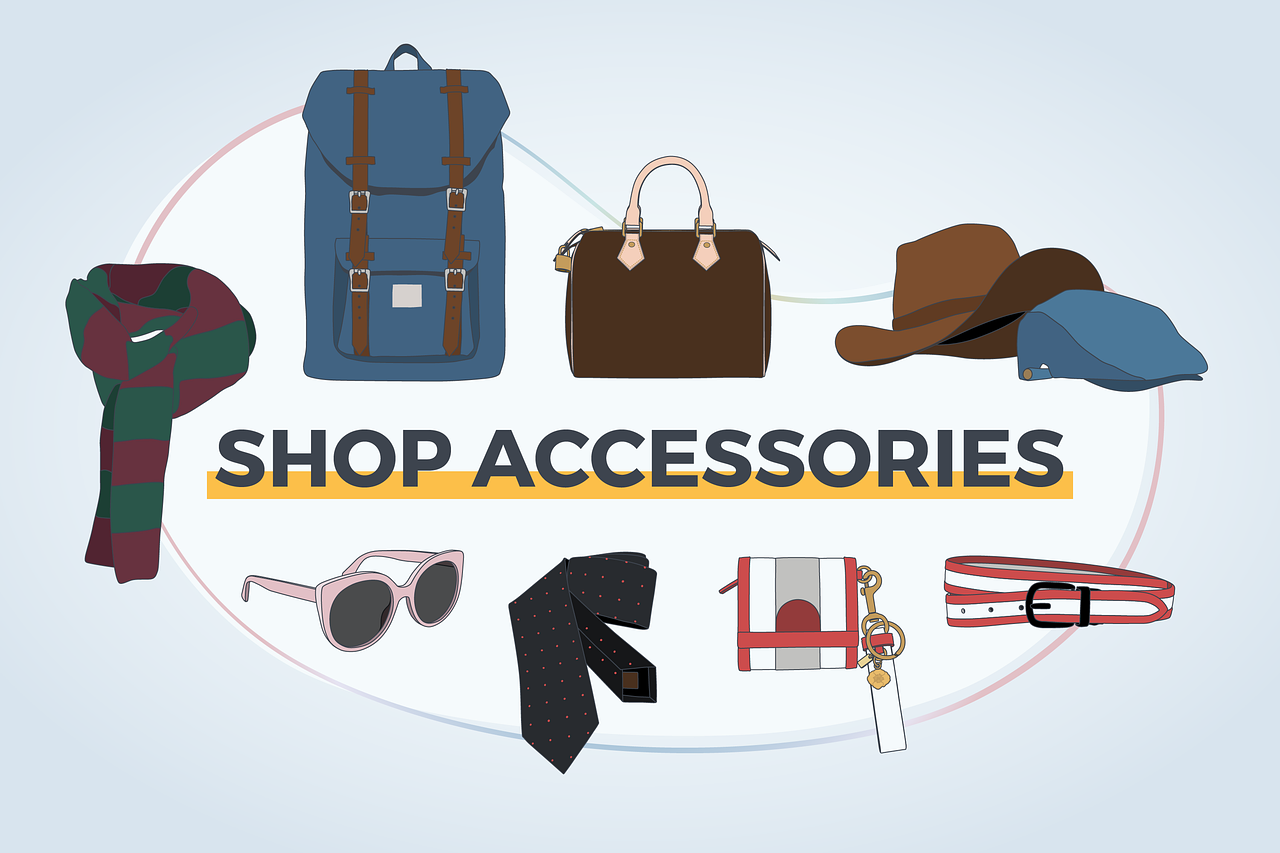
Shopify’s dashboard looks clean and easy to use. You see all your main tools on the left side. You can add products, check orders, and view reports with just a few clicks. The design uses simple icons and clear labels. You will not get lost or confused.
BigCommerce gives you a dashboard with more menus and settings. You get more control over your store, but you may need to click through more screens to find what you want. The interface works well for people who like to customize every detail. If you run a complex store, you will appreciate these extra tools.
Note: If you want a platform that feels simple and friendly, Shopify is the better choice. If you want more control and do not mind a learning curve, BigCommerce gives you that power.
Design

Themes
You want your online store to look great and match your brand. Both Shopify and BigCommerce offer many themes to help you get started. Shopify gives you over 100 free and paid themes. These themes look modern and work well on phones and computers. You can find themes for fashion, electronics, food, and more. Shopify’s theme store lets you preview each design before you choose.
BigCommerce also has a theme marketplace. You get about 12 free themes and over 100 paid options. These themes cover many industries. Most BigCommerce themes use a style called Stencil. Stencil themes load fast and look sharp. You can change colors, fonts, and images with just a few clicks.
Tip: Try out a few themes before you decide. Look for one that fits your products and feels easy to use.
Feature | Shopify | BigCommerce |
|---|---|---|
Free Themes | 12+ | 12 |
Paid Themes | 100+ | 100+ |
Mobile Ready | Yes | Yes |
Industry Styles | Many | Many |
Customization

You may want to change your store’s look to stand out. Shopify makes this easy. You can use the drag-and-drop editor to move sections, add banners, or change colors. You do not need to know how to code. If you want more control, you can edit the theme’s code using Liquid, Shopify’s template language.
BigCommerce also lets you customize your store. The Page Builder tool helps you drag and drop content blocks. You can add videos, banners, or product grids. If you know HTML or CSS, you can edit the theme files for deeper changes.
Note: Shopify is easier for beginners who want quick changes. BigCommerce gives you more advanced tools if you have web design skills.
You should pick the platform that matches your comfort level with design. Both let you build a store that looks professional and unique.
Features
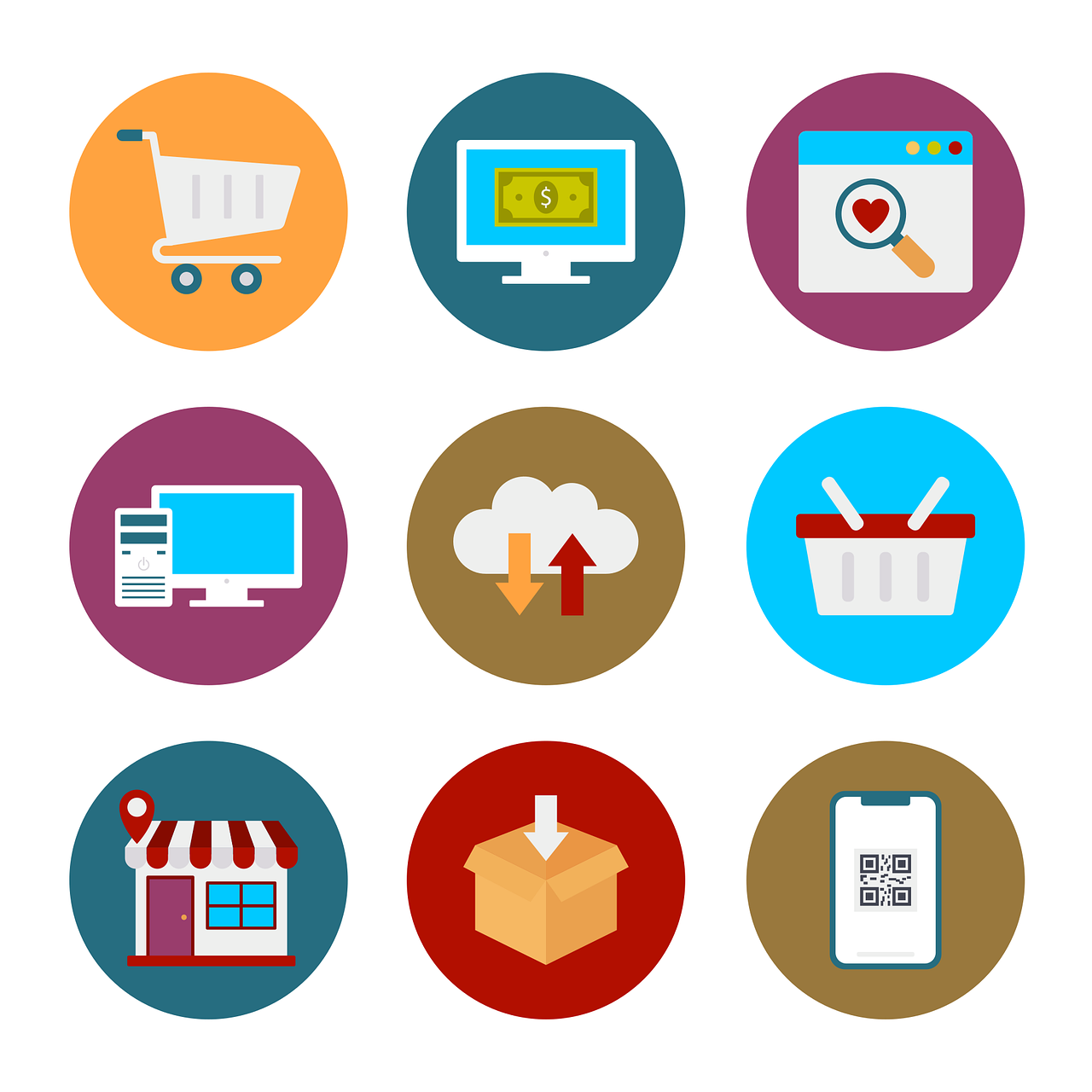
Built-In Tools
BigCommerce gives you lots of tools right away. You do not need to add many apps for most things. This platform helps you make shopping easy for your customers. You can use different cart displays, like drop-down or side carts. These show what is in the cart without leaving the page. You can also use moving cart icons and badges. These details make your store look new and fun.
You can put trust badges near the checkout button. These badges help shoppers feel safe when they buy. BigCommerce lets you show free shipping messages on the cart page. This can make people add more items to get free shipping. The Stencil theme and Script Manager help you test and change these features. This is helpful during busy shopping times.
BigCommerce is special because of its strong API system. You can do up to 400 API calls every second. This lets you update inventory in real time at many places. You can connect your store to other sales channels and support tools. The platform gives you many APIs for advanced features. You can build things like live chat, automatic replies, and mobile apps. You get more control and choices from the start.
App Ecosystem
Shopify is great if you want to add new features with apps. Its App Store has over 6,000 ecommerce apps. You can find apps for marketing, inventory, accounting, and customer service. This big selection helps you grow your business fast.
You can connect Shopify to many outside tools. These include marketing, accounting, and support systems. Shopify’s app store is bigger and more focused on selling than most others. You can collect and use customer data for better marketing and business.
Shopify’s strong app ecosystem helps you grow and change your store. You can start simple and add more features later. This makes Shopify a good choice for businesses that want to get bigger over time.
Payment Options
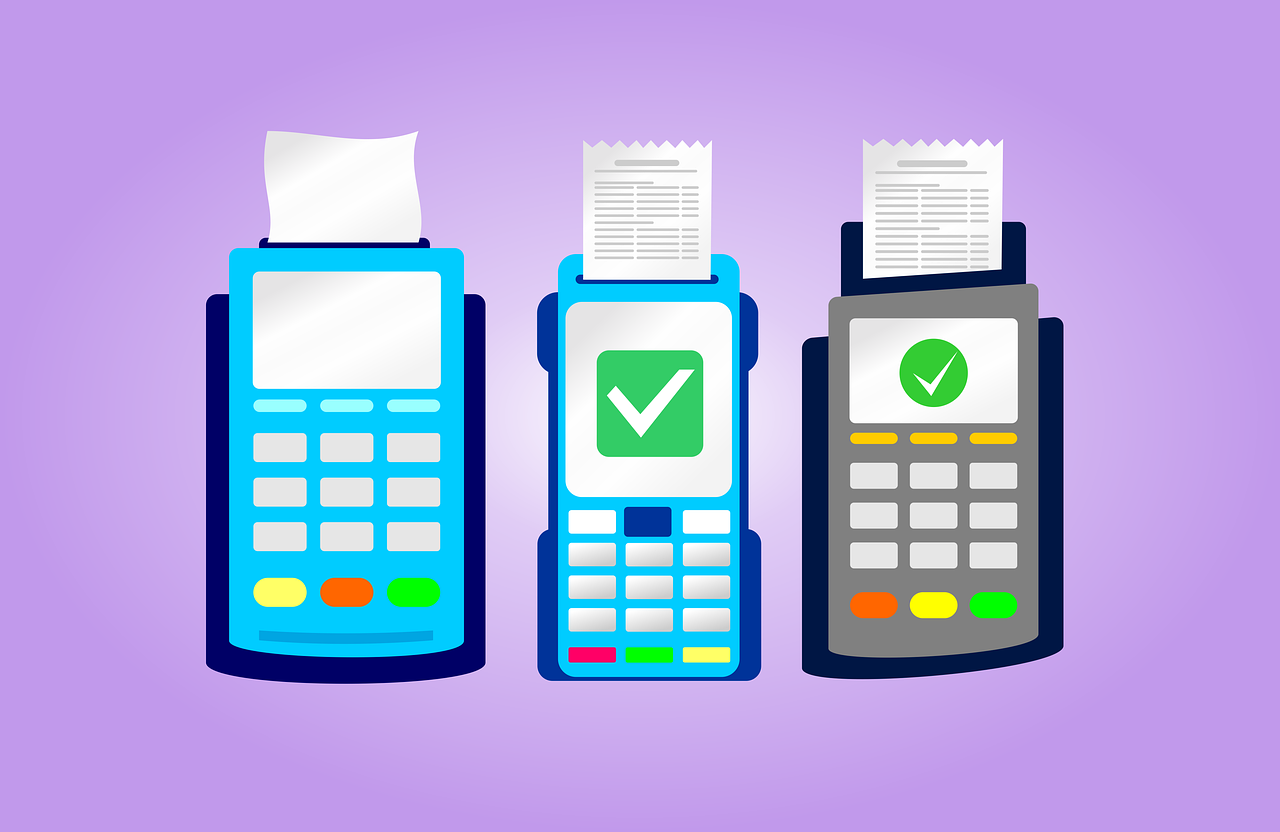
Gateways
You want your customers to pay in ways that work for them. Shopify and BigCommerce give you lots of payment gateway choices. You can use Stripe, PayPal, Square, and Authorize.Net. These gateways let you take credit cards, digital wallets, and local payments.
Here is a quick look at some top payment gateways:
Payment Gateway | Transaction Fees | Setup Costs | Payment Methods | Integration Complexity | Geographic Coverage |
|---|---|---|---|---|---|
Stripe | 2.9% + 30¢/txn | $0 | Cards, Wallets, ACH | Easy | Global |
PayPal | 2.9% + 30¢/txn | $0 | PayPal, Cards, Venmo | Easy | Global |
Square | Varies | $0 | Cards, Wallets | Easy | Select Countries |
Authorize.Net | Varies | Varies | Cards, eChecks | Moderate | Global |
Worldpay | Varies | Varies | Cards, Wallets, Alt. Pay | Moderate | Global |
You can set up these gateways with just a few clicks. Shopify is simple if you use Shopify Payments. You can also pick from over 100 other gateways. BigCommerce works with more than 65 gateways, so you have many options. Most gateways charge a fee for each sale, usually about 2.9% plus 30¢.
Note: Some gateways have extra tools like fraud checks, repeat billing, and fast money transfers.
International
If you want to sell in other countries, you need payment options that work everywhere. Shopify and BigCommerce both help you sell worldwide. You can take payments in different currencies and use local ways to pay.
PayPal works in over 200 countries and supports more than 100 currencies.
Stripe lets you get paid by people almost anywhere.
Regional payment methods include:
SEPA, Sofort, and iDEAL in Europe
Boleto Bancário, Oxxo, and PIX in Latin America
Alipay, WeChat Pay, and Paytm in Asia
M-Pesa in Africa
You can also let shoppers pay in their own currency. This means they see prices and pay in money they know. Both platforms let you add currency conversion, so you can reach more buyers.
Tip: If you want to grow worldwide, check which gateways work best in your target countries. Pick gateways with good support and easy setup.
SEO & Marketing
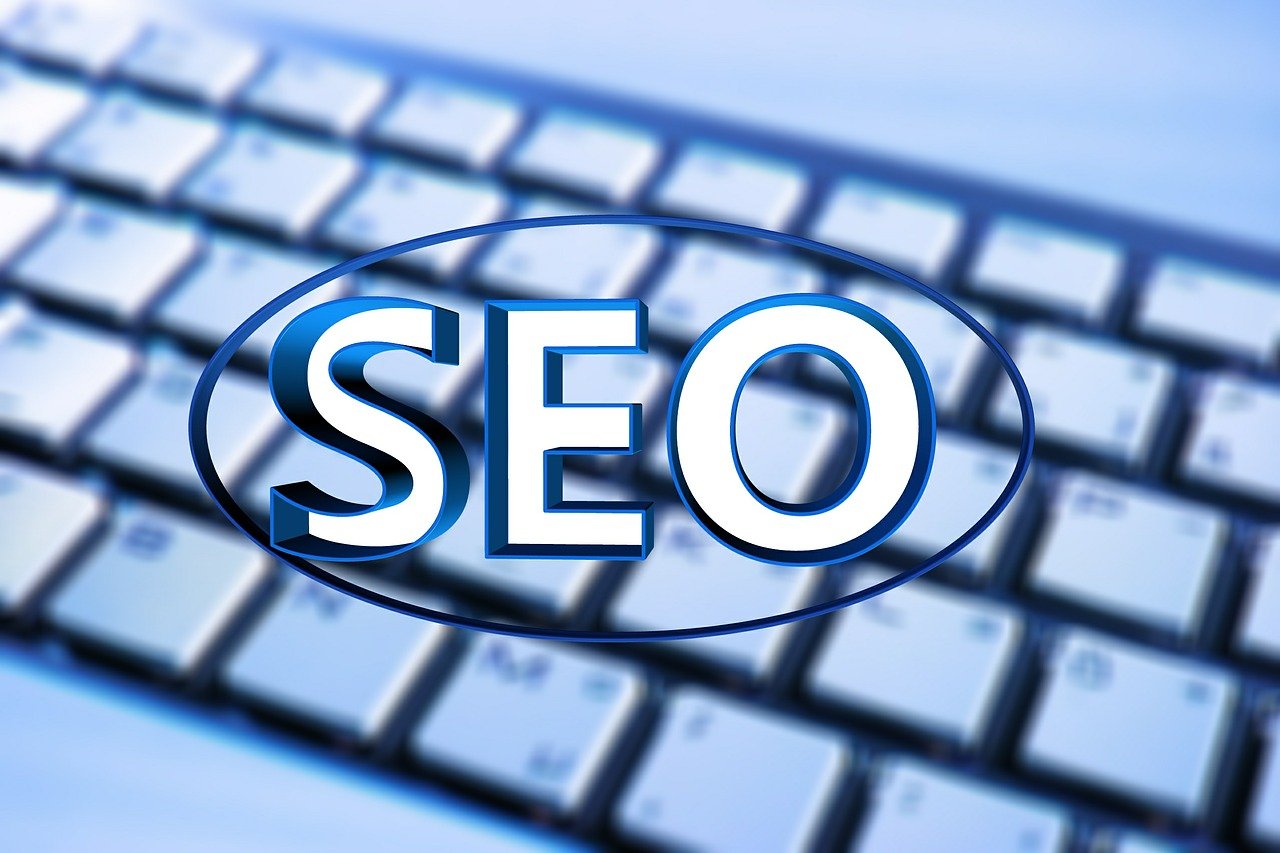
SEO Tools
You want your store to show up when people search online. Both Shopify and BigCommerce give you tools to help your site rank higher in search engines. Shopify lets you edit page titles, meta descriptions, and URLs. You can also add alt text to images. These features help search engines understand your products.
BigCommerce offers similar SEO tools. You can change URLs, add keywords, and use built-in sitemaps. BigCommerce also gives you more control over how your site looks in search results. Both platforms support mobile-friendly designs. This is important because 79% of Shopify traffic comes from mobile devices. If your store works well on phones, more people will find and use it.
Tip: Always check your site on a phone. Search engines like Google reward stores that load fast and look good on mobile.
You can use apps and plugins to boost your SEO. Shopify and BigCommerce both have app stores with SEO helpers. These apps can check your site for problems and suggest ways to improve.
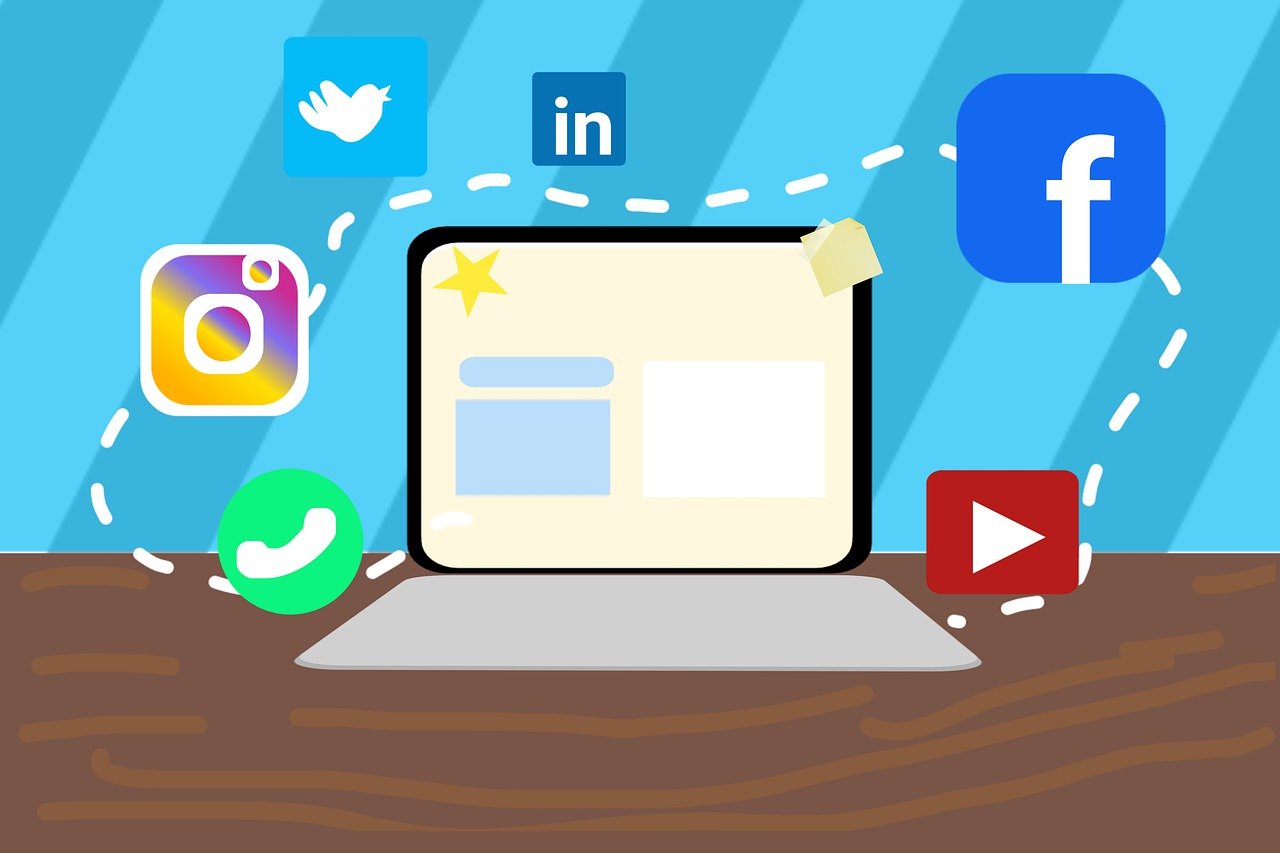
Marketing
You need strong marketing tools to grow your store. Shopify and BigCommerce both offer built-in email marketing, social media links, and discount codes. Shopify’s email marketing tools help you reach customers directly. Email marketing on Shopify stores has a conversion rate of about 4.29%. This is higher than SMS, social media, or pay-per-click ads.
BigCommerce also supports email campaigns and connects with popular marketing apps. You can set up abandoned cart emails, which remind shoppers to finish their orders. Both platforms let you create coupons and run sales.
Repeat customers matter a lot. They generate 300% more revenue than first-time shoppers. You can use loyalty programs and special offers to keep people coming back.
Order tracking tools like ShipBob, AfterShip, and ShipStation work with both Shopify and BigCommerce. These tools send updates to your customers and make shipping easier. They help you save time and give shoppers peace of mind.
Note: Good marketing and order tracking make your store stand out. Happy customers are more likely to buy again and tell their friends.
Scalability
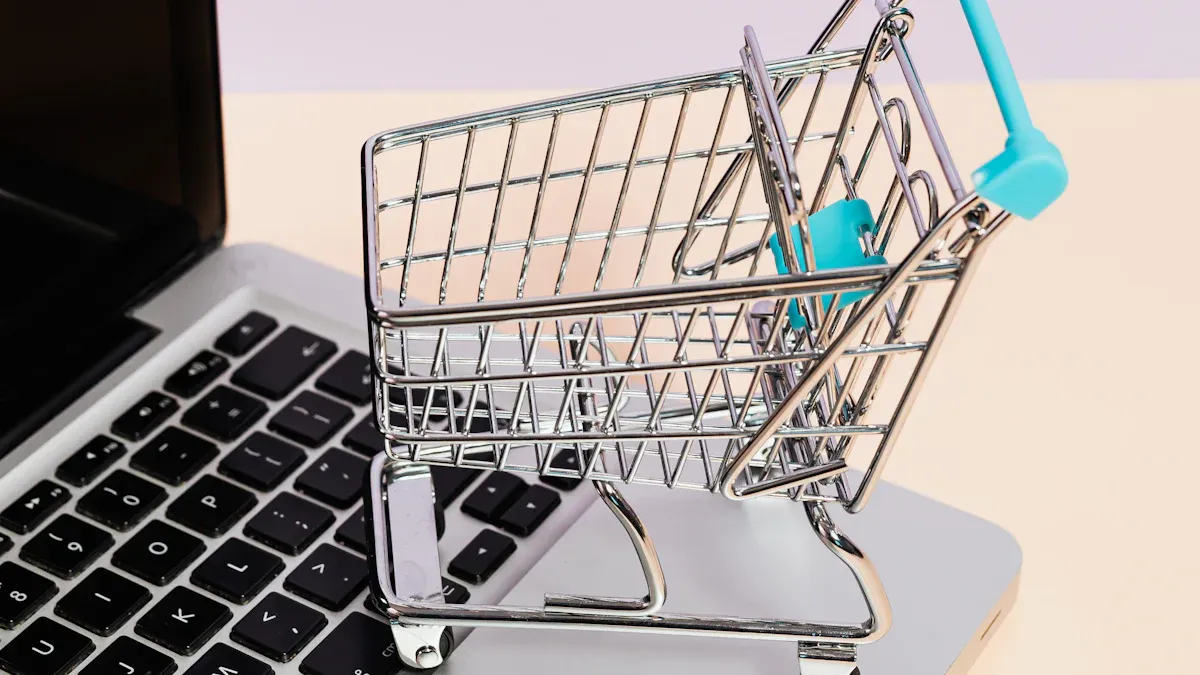
Growth
You want your store to get bigger over time. Shopify and BigCommerce help you handle more shoppers as you grow. Both use cloud technology. This means your store can handle busy days, like Black Friday. You do not need to buy extra computers or worry about your site going down.
Cloud eCommerce platforms have tools like auto-scaling and load balancing. These tools help your store adjust when more people visit. If lots of shoppers come, the platform adds more power. When fewer people visit, it uses less power. This saves you money and keeps your store fast.
You can use tools to make your website load faster. Things like image optimization, caching, and CDNs help your pages open quickly. Fast websites make shoppers happy and help you sell more. Shopify and BigCommerce both support these tools. Your store stays stable even when many people visit at once.
Tip: Always check your site speed. A fast store makes customers happy and helps your business grow.
Enterprise
Big stores need special features to handle lots of orders. Shopify and BigCommerce both have enterprise plans for big businesses. These plans give you extra support, custom features, and strong analytics.
Here is a quick comparison of their enterprise offerings:
Platform | Enterprise-Level Plan | Key Scalability Features and Support |
|---|---|---|
BigCommerce | Enterprise (Custom Pricing) | Unlimited API calls, advanced B2B features, custom API support, priority assistance, sophisticated price lists, and robust analytics for monitoring growth. |
Shopify | Plus ($2,000+/month) | Custom reporting, dedicated support, customizable checkout, advanced analytics, and lower transaction fees for high-volume merchants. |
You get special support teams and tools to track your growth. BigCommerce gives you unlimited API calls and advanced B2B features. Shopify Plus gives you custom checkout and lower fees for big stores. Both help you manage lots of products, many orders, and sales around the world.
Note: Enterprise plans help your business grow without limits. You can focus on selling while the platform does the hard work for you.
Security
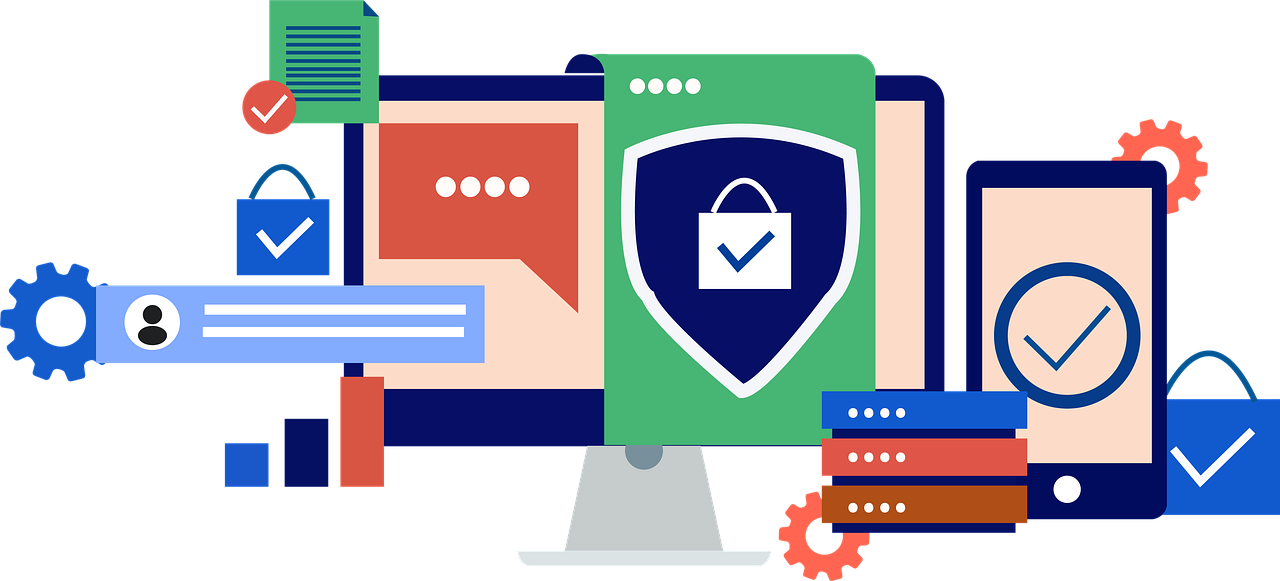
Compliance
You need to know your eCommerce platform keeps your business and customer data safe. Shopify and BigCommerce both follow strict rules to protect your store. These platforms meet important standards like the Payment Card Industry Data Security Standard (PCI-DSS). PCI-DSS helps keep credit card information safe during every sale. Using a PCI-DSS compliant platform lowers the chance of data theft.
Shopify and BigCommerce also follow privacy laws like the General Data Protection Regulation (GDPR). This law protects customer information, especially for people in Europe. You can feel sure your store meets global privacy rules.
Security teams check for problems often. These checks include:
Internal audits by the company’s own security team
External audits by outside experts
Vulnerability audits to find weak spots in the system
Penetration testing to see if defenses work well
These checks help keep your store safe and show customers you care about their privacy.
Tip: Always check if your platform has current compliance certificates. This helps you avoid legal trouble and builds trust with your shoppers.
Protection
You want strong protection for your online store. Shopify and BigCommerce use many layers of defense to keep hackers out. Both platforms use firewalls to block unwanted traffic. They also use anti-malware software to stop harmful programs.
Multi-factor authentication (MFA) adds another layer of safety. With MFA, you need more than just a password to log in. This makes it much harder for someone to break into your store.
Here is a quick look at key protection features:
Protection Feature | Shopify | BigCommerce |
|---|---|---|
PCI-DSS Compliance | ✅ | ✅ |
Firewalls | ✅ | ✅ |
Anti-malware | ✅ | ✅ |
Multi-factor Auth | ✅ | ✅ |
Regular Security Audits | ✅ | ✅ |
You can feel safe knowing your platform works hard to protect your business. Regular updates and security checks help stop new threats before they cause harm. Your customers will feel safer shopping with you, and you can focus on growing your store.
Support

Channels
When you run an online store, you want help fast. Shopify and BigCommerce both give you many ways to get support. You can use live chat, email, or phone to get help. These ways help you fix problems quickly.
Shopify lets you use live chat and phone support all day and night. You can also send emails or join forums to ask questions.
BigCommerce gives you live chat and email support all the time. Phone support is there, but it depends on your plan.
Many stores use tools like Tidio to talk to customers. Tidio lets you chat live, send emails, and use chatbots. You can set goals for how fast you answer. This helps keep your customers happy.
Fast replies are important. Glossier made their reply time 87% faster and saved 16 hours for each ticket. Clove used automation for 70% of support and now answers in 3 minutes. EvryJewels automated 89% of tickets and made replies 87.5% faster. These examples show that using good support tools and automation really helps.
Resources

You need good guides to fix problems by yourself. Shopify and BigCommerce both have lots of helpful guides, FAQs, and how-to videos. You can look up answers any time you need.
Shopify has a big help center, video guides, and busy forums. You can learn from other users and experts there.
BigCommerce gives you a knowledge base, webinars, and step-by-step guides. You can also find tips to help your store grow.
AI tools help even more now. Yuma AI works with both Shopify and BigCommerce. It sends out surveys after each support ticket. This gives you feedback right away and shows where you can do better.
Company | Improvement Metric | Result Description |
|---|---|---|
Glossier | Response time reduction | Made reply time 87% faster, saved 16 hours per ticket |
Clove | Automation and response time | 70% automated, 3-minute replies, 3x better results |
EvryJewels | Automation and response time | 89% tickets automated, replies 87.5% faster |
You can use these guides and tools to keep your store working well and your customers happy.
Best for Shopify
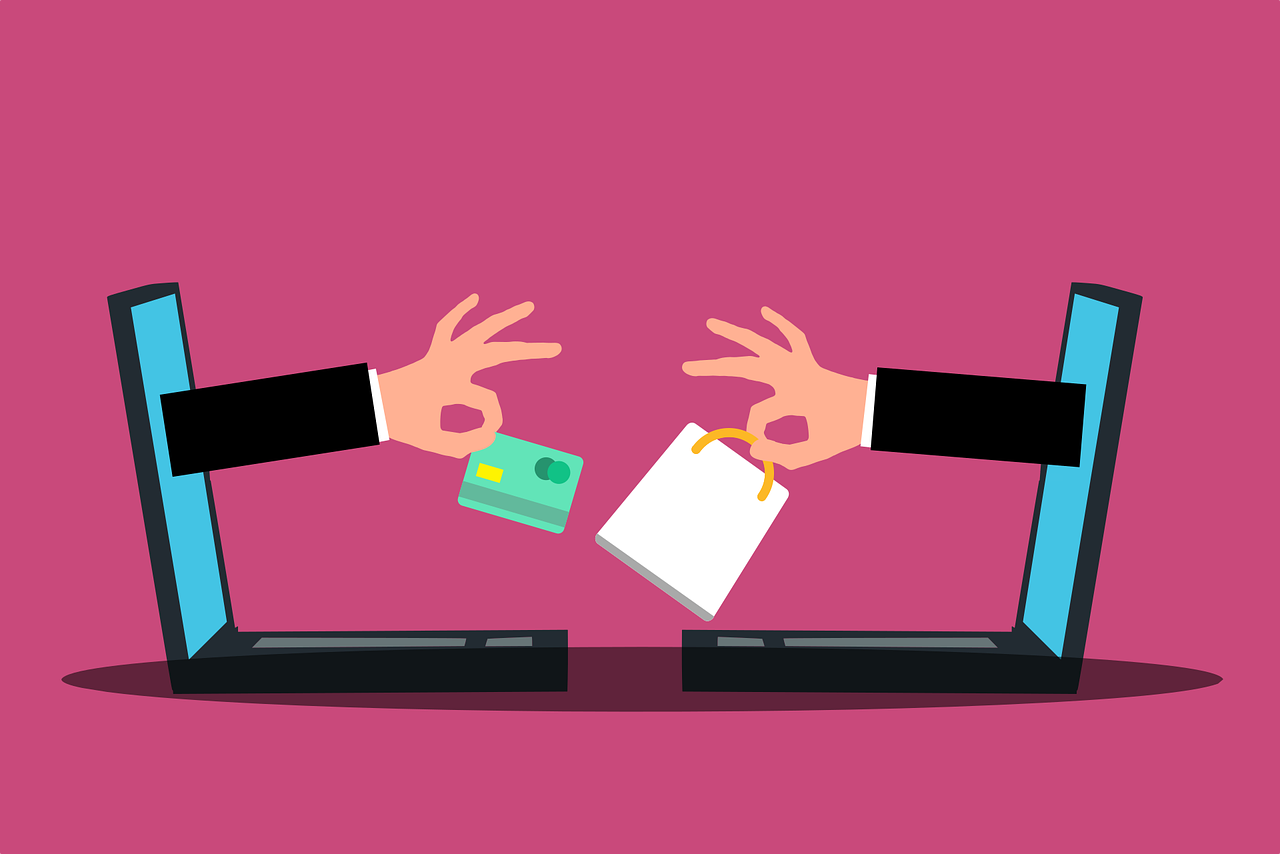
Who Should Choose Shopify
Shopify is good for many kinds of businesses. Pick Shopify if you want something easy and fast to use. Lots of people like Shopify because they can open their store quickly and start selling right away.
You may find Shopify is the best fit if you:
Have a small business or are just starting out.
Want to skip tech stuff and just sell products.
Need your store ready fast, maybe even in one day.
Like a simple dashboard and easy steps to follow.
Want your business to get bigger over time.
Plan to sell on social media, in stores, or on other sites.
Need strong support and a big group to help you.
Shopify works for many industries. Car brands have doubled their growth each year with Shopify. Home decor companies made 160% more money using Shopify. Big brands that switched to Shopify grew by up to 60%. Some B2B and D2C companies sold 500% more after moving to Shopify.
Shopify lets you sell almost anywhere. You can make an online store, sell in real shops, or reach buyers on apps and other websites.
Shopify is also great if you want to sell in new countries. You can take many payment types and show prices in different money. If you want to build a marketplace or make custom apps, Shopify has tools for that.
Business Type | Why Shopify Works Well |
|---|---|
Beginners | Easy setup, no coding needed |
Fast-growing brands | Scales with your business |
Omnichannel sellers | Sell online, in-store, and on social |
International stores | Multi-currency and global payments |
App developers | Strong app and API support |
If you want a platform that grows with you, lets you sell in many ways, and keeps things simple, Shopify is a smart pick.
Best for BigCommerce
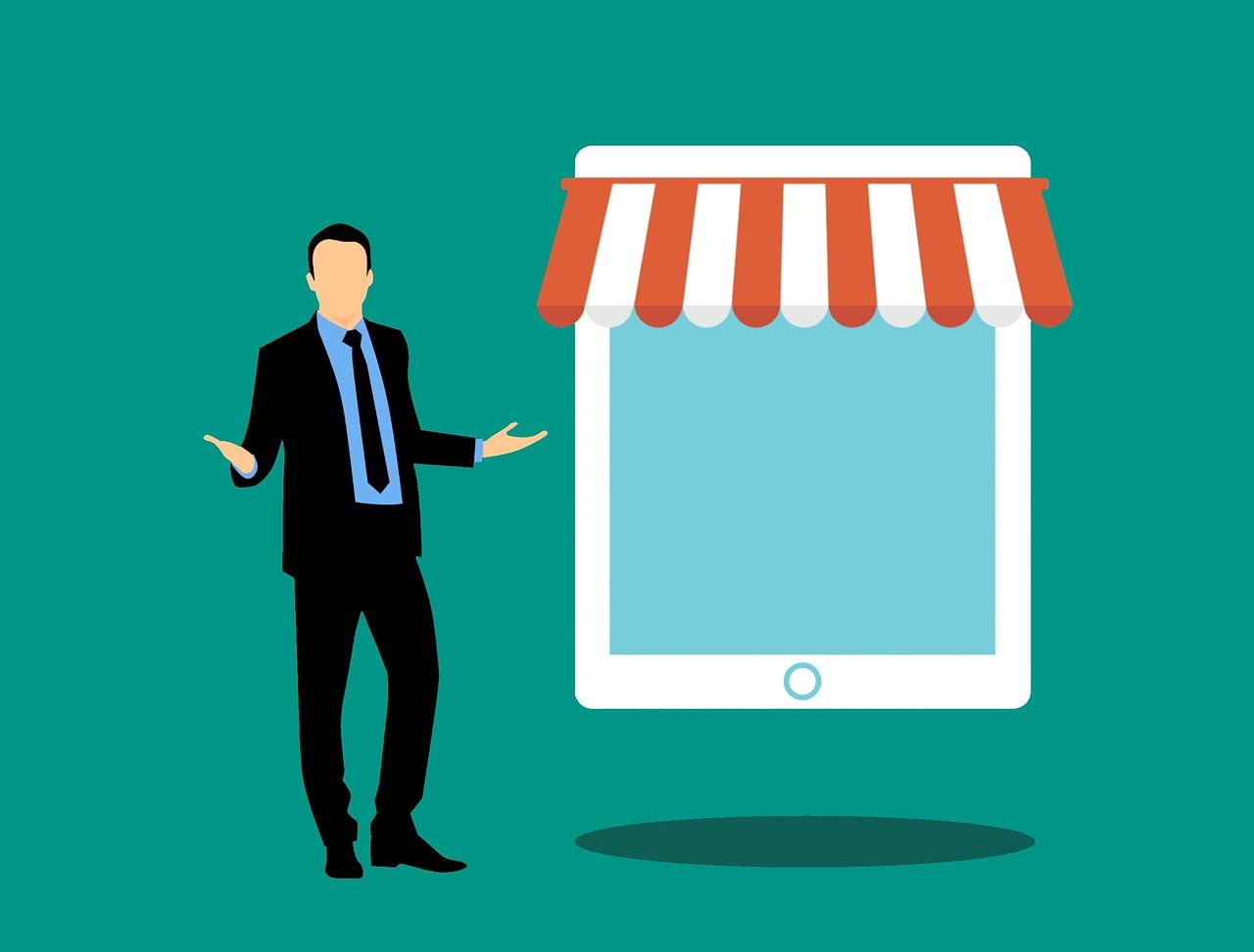
Who Should Choose BigCommerce
BigCommerce is a good pick if your business is bigger or needs more than a simple store. It works well for mid-sized or large companies. It is great for businesses like car parts, electronics, or B2B. BigCommerce gives you tools for big product lists and special selling needs.
If you sell things with lots of choices, BigCommerce lets you have up to 600 product variants. Shopify only lets you have 100. This means BigCommerce is better for stores with many options, like custom car parts or electronics.
If you want to save money on fees, BigCommerce is a smart choice. You do not pay extra transaction fees, even if you use different payment gateways. This helps if you sell a lot.
BigCommerce also lets you control your store’s look and features more. You get advanced APIs and the Stencil theme engine. If you have a tech team or want to build special features, BigCommerce is flexible and strong.
Here is a quick table to help you choose:
Aspect | BigCommerce | Shopify |
|---|---|---|
Target Market | Good for bigger companies, B2B, and car or vehicle stores | Good for small and medium businesses, startups, and new business owners |
Product Variants Support | Lets you have up to 600 product choices | Only lets you have 100 product choices |
Customization | Gives you lots of API access and advanced theme tools (Stencil) | Easier drag-and-drop changes, but not as flexible for deep changes |
Transaction Fees | No extra fees, good for stores that sell a lot | You pay fees unless you use Shopify Payments |
Cost-effectiveness | Saves money for stores that need advanced features without paying more | Can cost more if you add lots of apps or pay extra fees |
Industry Examples | Used by brands like BMW for big catalogs and special designs | N/A |
Scalability | Built to grow with your business and handle lots of sales | Grows well, especially with Shopify Plus for big stores |
Technical Resources | Best for stores with tech teams or custom needs | Easier for beginners, you do not need to code much |
Pick BigCommerce if you want lots of built-in tools, more ways to change your store, and a platform that grows with you. If your store is complex or you want to get bigger fast, BigCommerce gives you what you need.
You have seen how the eCommerce Breakdown shows Shopify works best for most users who want easy setup and fast growth. BigCommerce fits you if you need more built-in features or handle complex stores. User feedback and real-world case studies prove that matching platform strengths to your business needs leads to better results. Choose Shopify for simplicity and speed. Pick BigCommerce if you want advanced tools from the start.
FAQ
Can I switch from Shopify to BigCommerce or the other way around?
You can switch between Shopify and BigCommerce. You need to export your products and customer data. Some apps help with this process. You may need to adjust your store design after moving.
Which platform is better for selling internationally?
Both platforms support global sales. You can accept many currencies and payment methods. Shopify offers more built-in tools for international stores. BigCommerce gives you strong options for global growth.
Do I need to know how to code to use these platforms?
You do not need coding skills to start with Shopify or BigCommerce. Both offer drag-and-drop tools. If you want advanced changes, you can edit code, but it is not required.
Which platform has better customer support?
Shopify gives you 24/7 live chat and phone support. BigCommerce also offers 24/7 help, but phone support depends on your plan. Both have helpful guides and active communities.

TangBuy: A Smarter Way to Dropship in 2025
If you're looking to stay competitive with dropshipping in 2025, speed and trend-awareness are key. TangBuy helps you stay ahead with real-time product trends, fast fulfilment, and factory-direct sourcing. With over 1 million ready-to-ship items, 24-hour order processing, and seamless Shopify integration, TangBuy makes it easier to test, scale, and succeed in today's fast-moving eCommerce landscape.
See Also
Choosing Between Shopify And WooCommerce For Your Business
Best Platform For Online Sellers In 2025 Amazon Or eBay
How To Decide Between Amazon And eBay For Your Business
